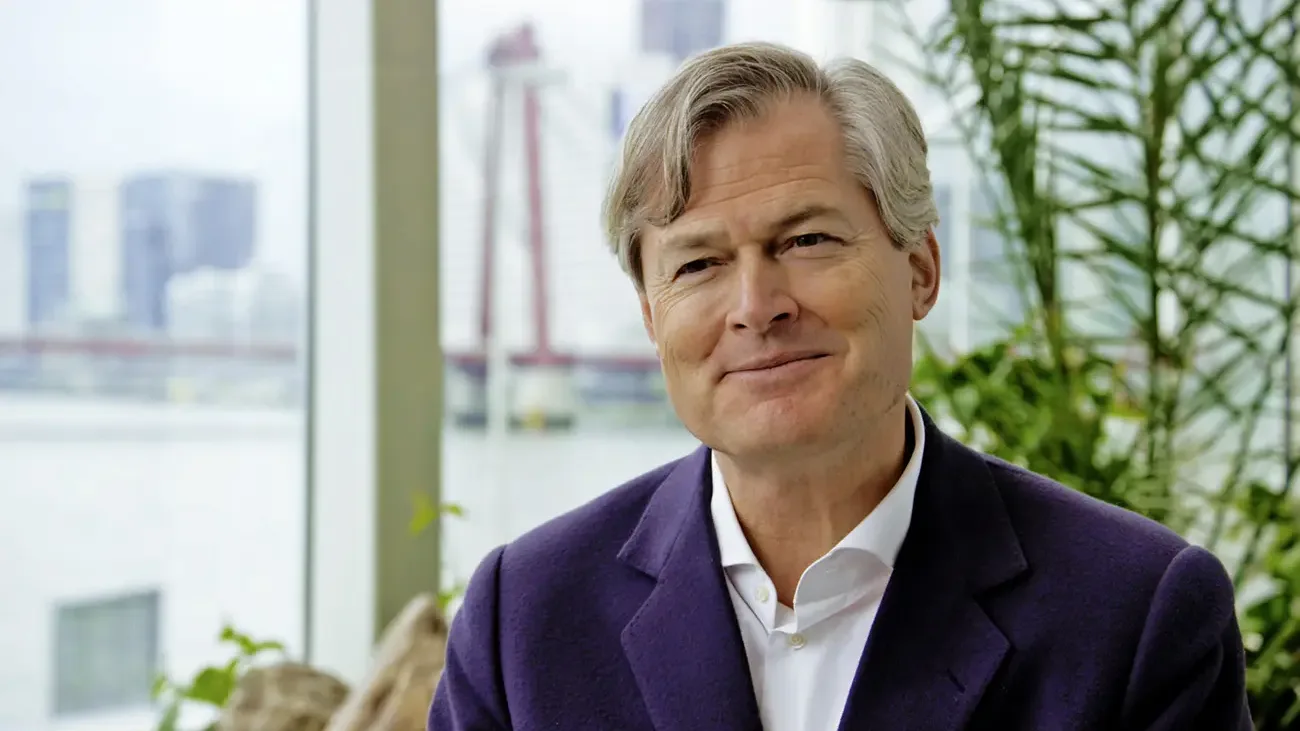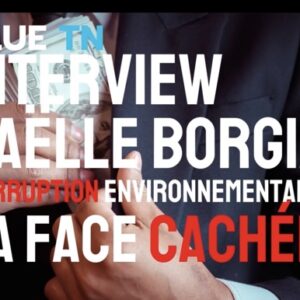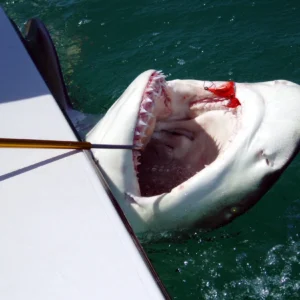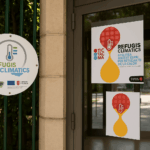It was in 2018, in front of future engineers at the Ecole Polytechnique de Paris that Gunter Pauli, presented a revolutionary solution for the World’s energy future. Faced with the rise of shale gas and its environmental implications, Pauli proposed a bold alternative.
The Shale Gas Challenge: An Environmental and Health Risk
Shale gas has established itself on the global natural gas market, with a price tag of under $50 a barrel.
However, this fossil fuel presents major risks for the environment and public health. Extraction by hydraulic fracturing is associated with problems such as water pollution, greenhouse gas emissions and even minor earthquakes. But the impacts go beyond this: studies have shown a correlation between fracking zones and an increase in health problems, particularly respiratory and dermatological. What’s more, contamination of ground and surface water affects not only aquatic ecosystems, but also agriculture, compromising crop quality and animal health.
Pauli’s innovative solution: biogas from algae
Gunter Pauli is sometimes referred to as “the Steve Jobs of sustainable development”. He is a charismatic figure, an idea agitator who has launched almost 200 sustainable development projects. He declares that he didn’t come into the world to please, and that’s why René Char’s words motivate him to go beyond reason: “He who comes into the world to trouble nothing, deserves neither looks nor patience.”

When it comes to energy, Pauli proposes a revolutionary solution that transcends the challenges posed by shale gas: biogas produced from algae to cope with the depletion of gas deposits. Pauli says: ‘The problem is that the Netherlands and a number of other countries, such as Argentina, are in free fall in terms of natural gas production. Geological engineers are telling us that the only solution for gas is shale gas.
That’s when I mobilized my network of scientists. I’ve got 3,000 scientists, and I say it’s not possible, we’ve got to find an alternative to shale gas. The reaction of all the market experts was skeptical, telling me “Gunter, don’t waste your time, if there’d been any other solution, we’d have found it years ago”. Yet we’re about to launch several major projects that will prove that shale gas has no future. Because I’ve got natural gas that will never run out at only $8 a barrel. The solution is simple: it’s the fermentation and gasification of seaweed, and for that we’ve had to redefine agriculture.” The process, both simple and ingenious, involves growing three-dimensional algae in seawater.
When you grow seaweed on a three-meter-deep platform, you’re growing in three dimensions – a considerable advantage over conventional cultivation.
G.Pauli
This method produces a significant quantity of biomass, which is then transformed into biogas through a fermentation and gasification process.
This system offers significant environmental benefits: it regenerates marine biodiversity, creating a habitat for fish, shellfish and oysters, thus revitalizing local ecosystems. In addition, the process has a positive impact on employment, particularly in coastal communities, providing new opportunities for fishermen.
With this technology, we’re not just producing energy, we’re creating jobs and helping to restore marine life…by reinventing the way we produce energy, we can heal our oceans and build a more inclusive economy.
Gunter Pauli
Biomimetics and engineering: Pauli rethinks the future of buoyancy
The engineering challenges faced by Pauli’s engineers are significant, particularly in terms of buoyancy engineering. Pauli says: “It’s the floating of the platforms. Just imagine the square kilometers involved: how do you keep this floating island at 3 meters below sea level, because once you’re out there, with an orange it’s gone! We’re doing a bit of biomimicry*. Seaweed never sticks its head out.”
In a globalized, highly competitive economy, is the business model viable? Pauli answers this question categorically: “The platform costs €25,000 per hectare, €2.5 million per square kilometer, and I’m presenting the plan for Argentina. It’s the first country to commission a study from me. With 3200 km², we supply all of Argentina’s energy. Argentina is a marine country with a marine territory of 3.3 million km². So I need 1% and that’s self-sufficiency and I regenerate biodiversity and I have a by-product, because I have fertilizers. I have fertilizers that I sell with an incidence of nitrogen that’s about triple what you have in synthetic fertilizers. What do we use to make synthetic fertilizers? Natural gas! We combine the two, and from the point of view of the greenhouse effect, it’s the only fuel in the world with zero emissions. The business model also involves the fishermen. When you say you’re going to increase fish density by a factor of 10, you’re popular with fishermen because nobody talks like that. They don’t believe it anymore, but fortunately. I’ve done it, I’ve increased fish density by a factor of 10. Go to El Hierro (a Spanish island in the Atlantic Ocean) and debate with the fishermen!”
What are the prospects?
Pauli’s algae biogas initiative is more than just a theoretical proposition; it could be an energy revolution. Pilot projects in Argentina and Indonesia testify to its tangible potential. Faced with the need to diversify its energy sources, Argentina is actively exploring this technology as a means of achieving energy self-sufficiency. In Indonesia, power plants running on algae biogas are already in the planning stage, producing 100W at a cost of $35 million – a giant step towards reducing carbon emissions and preserving marine ecosystems.
If the resistance of traditional energy markets, which have made producing countries prosperous, is conceivable, the political resistance, according to Pauli, invites reflection: “We are capable of producing at a cost price of 8 dollars, and they (shale gas producers) are producing at 48 dollars. I’m regenerating biodiversity in seawater, and they’re destroying water reserves. So in terms of business model, I win! There’s no politician, when I’ve proven myself over a few square kilometers, who’s going to survive politically, except that he’s in the pocket of companies called TOTAL, CHEVRON, EXON, etc.”
Transforming the World was the promise of industrial modernity, but after 170 years of industrialization, the planet is on its last legs. The idea of a Paulian circular economy seems to embody the promise of ecological regeneration and economic prosperity.
Biomimicry: interdisciplinary philosophy and conceptual approaches that use nature as a model to meet the challenges of sustainable development.














